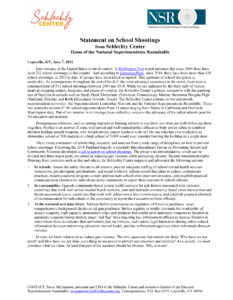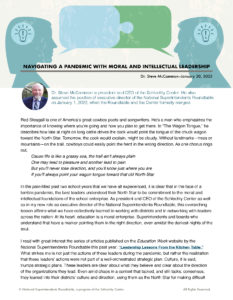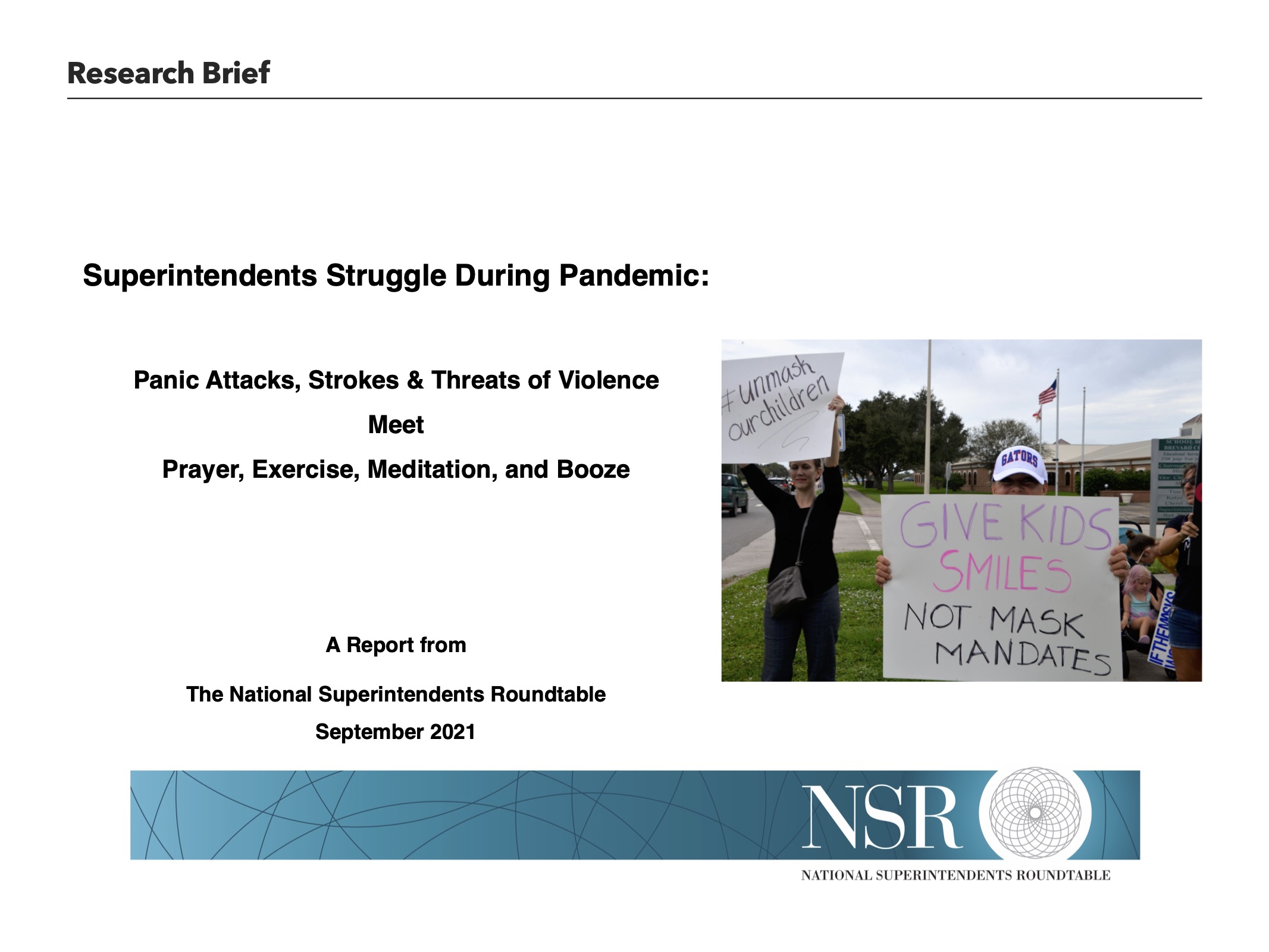CHINA 2011: BEIJING & NANJING
(Click to enlarge)
Since 2008, nearly 150 superintendents, administrators, board members, principals and teachers associated with Roundtable districts have had the benefit of an extraordinary experience. As guests of the Chinese agency Hanban, through a program coordinated by the College Board (The Chinese Bridge), they have visited Chinese schools and met with Chinese educators and national and regional leaders. The purpose? To learn more about China, explore Chinese culture, and expand the teaching of Chinese language and culture in the United States.
Structure of Chinese Bridge Visits
Five delegations of Roundtable members have participated in these study missions since 2008, a significant portion of the nearly 3,000 Americans whow have participated. Each Chinese Bridge experience is made up of some 400 American educators, typically broken down into a dozen or more smaller groups, each of which visits a different Chinese province.
The delegations are really two separate visits: one in Beijing, the national capital, and another in an outlying province. Roundtable members have visited Heilongjiang Province (abutting Siberia, with a population of around 20 million), Hebei Province (surrounding Beijing, a vast agricultural area stretching out to the Mongolian grasslands with a population of 60 million), Guangxi Province (in Southern China, bordering Vietnam, a province with a population of 50 million), Tianjin (the sixth largest city in China, with a population of more than 12 million), and Jiangsu province, with its capital city of Nangjing, a great historic city that served as the Chinese capital in both the 3rd and the 20th centuries. Each of these places is completely different, economically and socially.
During these visits, delegates routinely visit sites like the Forbidden City, the Great Wall, the Hanban/Confucius Institute, and local historic spots such as the Cathedral of St. Sophia (Harbin) or the Mausoleum of Sun Yat-sen (Nanjing). They meet with national leaders and educational luminaries and enjoy impressive student artistic performances. In the regions, they visit elementary and secondary schools and institutions of higher education.
These visits bring vividly into focus how impressive China is, how hard its students work, and what spectacular hosts the Chinese are, noted Peter Negroni, senior vice president of the College Board (left).
“There are not enough words to describe the difference between reading about China and experiencing China,” said Kathleen Cooke, superintendent of Hamilton Schools in Wisconsin.” Greg Borgerding, assistant principal of White River High School, Buckley, Washington wrote: “The trip was an amazing experience…Upon my return, I sat down with the deputy superintendent to discuss starting a Chinese language program. We are currently exploring the AP Chinese program for our high school.” Reported Scarsdale, New York superintendent Michael McGill: “Everyone in China recognizes that education is the path to a better life and a stronger nation. They figure they’ve got time and numbers on their side. We’ll have to make up in quality what we lack in size and numbers.”
The Chinese Bridge for American Schools is part of a global effort by Hanban/Confucius Institute in China to bring foreign educators to the Middle Kingdom in the hope that, on return to their own nation, they will launch programs to encourage the study of Mandarin Chinese and the Chinese culture. State policy requires 250 million Chinese students to study English; Hanban officials hope that all American students will some day study Chinese, as well. Hanban partners with the College Board in the United States to identify American educators eligible for the Chinese Bridge program and the Chinese government assumes virtually 100% of the costs of bringing foreign educators to China and housing, feeding, and transporting them while part of the Chinese Bridge program.
Beijing and Nanjing
As with earlier Chinese Bridge delegations, Roundtable participants experienced two different site visits: one in Beijing, the national capital, and one in Jiangsu province and its capital city, Nanjing, in east, central China bordering the Yellow Sea. The province and the city are stunningly beautiful and impressive. Jiangsu is one of the wealthiest provinces in the Middle Kingdom, with traditional income from agriculture and produce now supplemented by thriving high technology industries, petrochemicals, and automobile and aerospace parts production, including partnerships with Ford Motor Company, Volkswagen, and Volvo to manufacture and assemble automobiles for distribution in China.
Each of the two segments of the delegation experience involves visits to schools, universities, research institutes and cultural attractions, as well as exceptional banquets hosted by government officials, and magnificent singing, dancing, and orchestral performances by children and university students. The Roundtable group visited the Forbidden City, the Great Wall, the Beijing Foreign Study University (BFSU), the Lama Temple, the recreational waterways of Nanjing (above), and the Mausoleum of Sun Yat-sen. It also met with Chinese national leaders at its opening banquet in the Shangri-la Hotel and with provincial leaders in Nanjing. Other groups were part of the Beijing experience, but while we were in Nanjing, about 13 different subgroups went to 13 different provinces, cities and regions. All told, some 420 educators took part in this delegation visit.
Highlights:
Here are some of the things the delegation experienced in Beijing
- We visited the Hanban/Confucius Institute, the central headquarters of an international network of several hundred Chinese language teaching resource centers at universities around the world.
- We enjoyed a welcoming banquet at Shangri-La Hotel, accompanied by stunning performances in music, dance, singing, and the martial arts by students from Beijing’s Dance Academy, the Central Conservatory of Music, and the Middle School Associated with Renmin University.
- We had the benefit of an extremely informative lecture on Chinese education at the Beijing Foreign Students University, originally opened to educate students solely from the Soviet Union but now welcoming students from more than 40 nations..
- We visited the Forbidden City, the Great Wall, and the Lama Temple, where large numbers of Chinese visitors burned incense in a token of respect for their ancestors.
- We visited the Middle School at Renmin University (where again we were welcomed with student performances), an elementary school fashioned along international lines, and the Beijing Royal School, a private, fee-reliant institution specializing in preparing students for elite universities across Europe and the United States. Debriefings from each of the groups that visited different regions along with a closing banquet (above) were held at the Beijing Royal School.
Meanwhile, in Nanjing:
- We visited an elementary school and the Nanjing NO Middle School, where a school orchestra played a new composition composed in our honor. (The middle school had close connections with Australian educators and the composition included prominent strains of “Waltzing Matilda”!)
- We benefited from a welcome from Hawk Hammer, a junior from Milton High School in Alpharetta, Georgia, who is an exchange student in Nanjing. Hawk greeted us in (what seemed to be) impeccable Chinese, although he had only been in China for a few months.
- We received an extensive briefing from Xu Xianon, Deputy Director for International Division, Jiangsu Provincial Department of Education (left), on the development of education in the province and the challenges it still faces.
- We also had the opportunity to meet with leaders from Jiangsu elementary and middle schools to discuss establishing sister relationships and exchange program possibilities.
- Finally, Jiangsu province graciously hosted a banquet in our honor, provided us with the opportunity to tour the beautiful, lighted, recreational waterways of Nanjing at night, and brought us to the Mausoleum of Sun Yat-sen (left) to view this monument to one of the great leaders responsible for shaping China in the 20th century.
What is one to make of these opportunities over the years? In many ways it seems global and complex. The Chinese are remarkable and generous hosts. They embrace American visitors. They are rightly proud of a great culture that stretches back through the millenia. Although a great deal of poverty exists amidst the emerging plenty, China is determined to take its place among global leaders.
Yet in a lot of ways it is very simple. There are now seven billion people on this planet. Fully 20% of them are in China. The Western world can no longer afford to ignore this emerging new giant.
This collaboration between Hanban/Confucius Institute and the College Board provides a bridge between two great nations and two great systems of education. And it also provides a bridge between the hearts of two great peoples.
The Chinese Bridge program is a remarkable opportunity for educators in the United States to see firsthand the changes that are rapidly turning China into a 21st century economic dynamo— and the educational foundation that is part of those changes. Making the implications of this transformation more widely known in American schools will be good for the United States. It will be good for American schools and American children. And, when more American students learn Chinese, it will be a good thing, also, for the world.
Hanban and the College Board provided a singular service to the American educators in making this opportunity available. The Roundtable is deeply in their debt.










